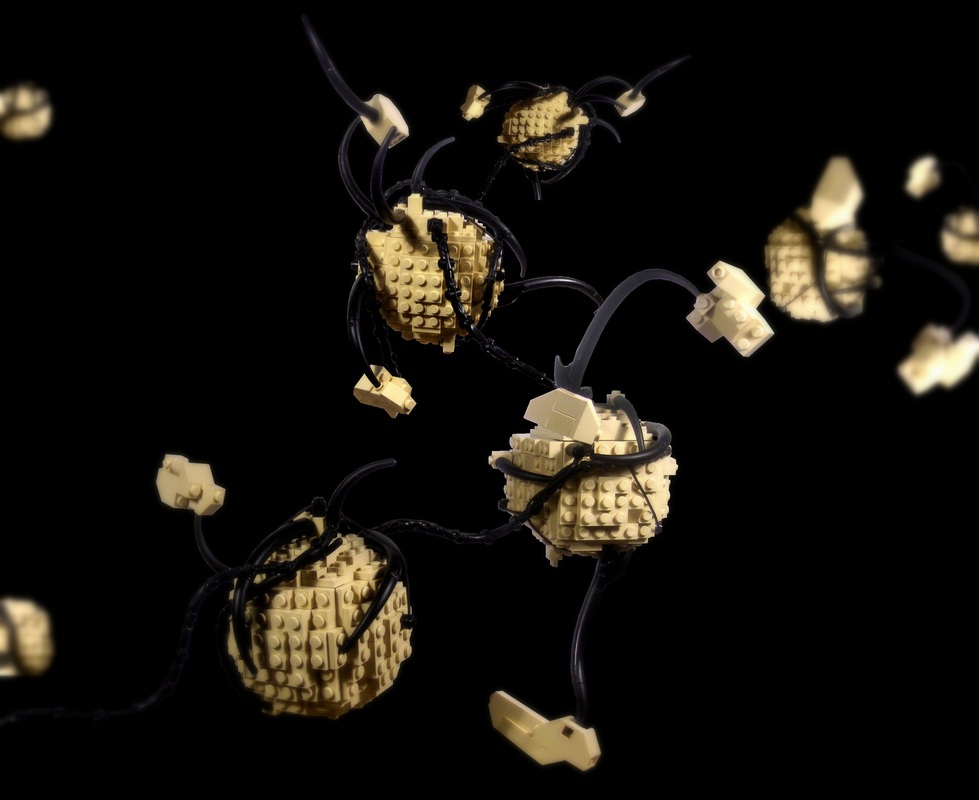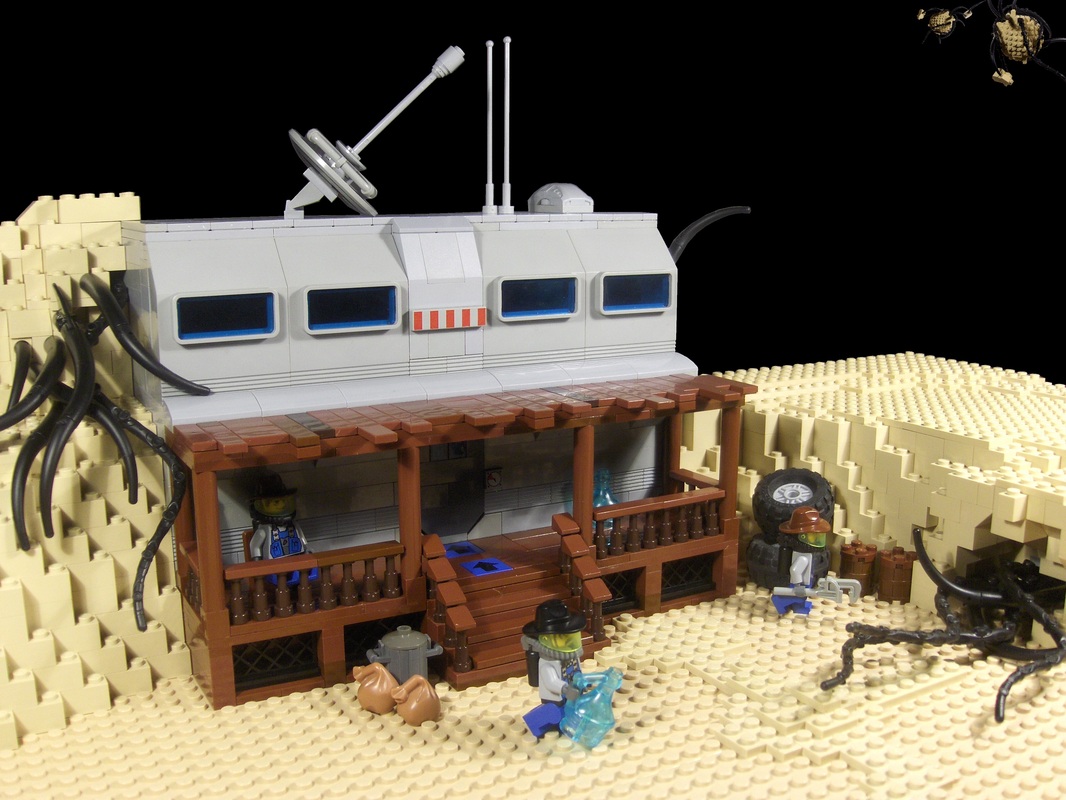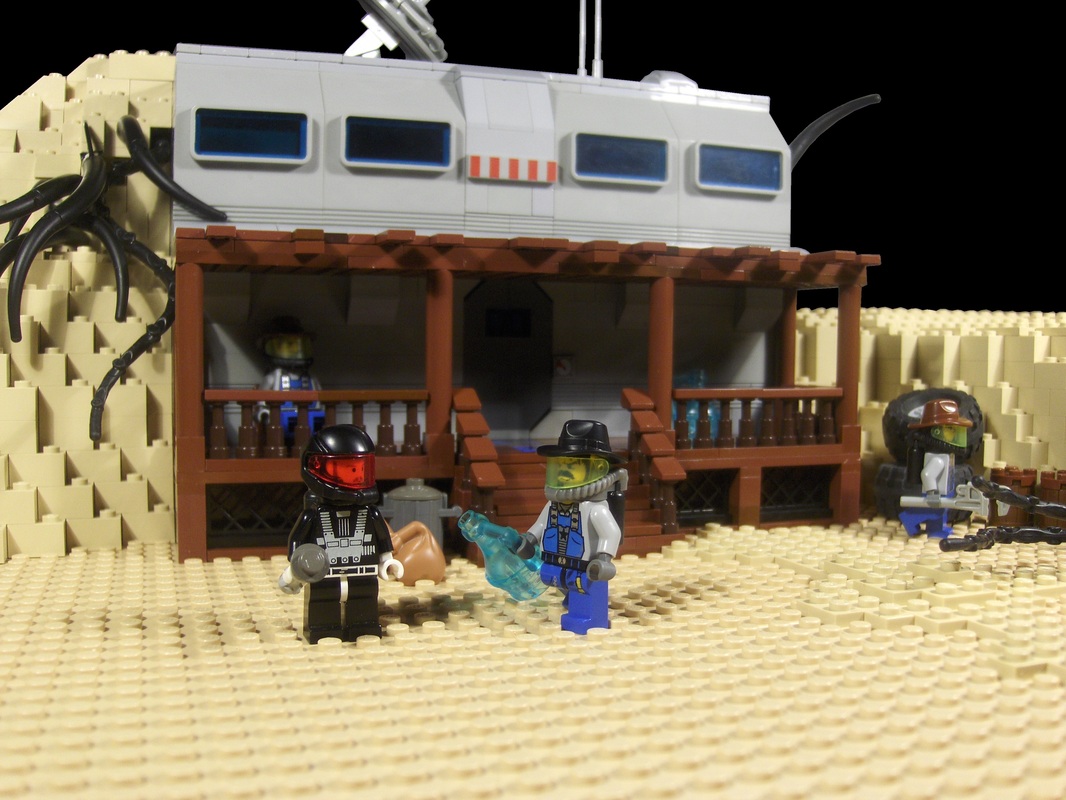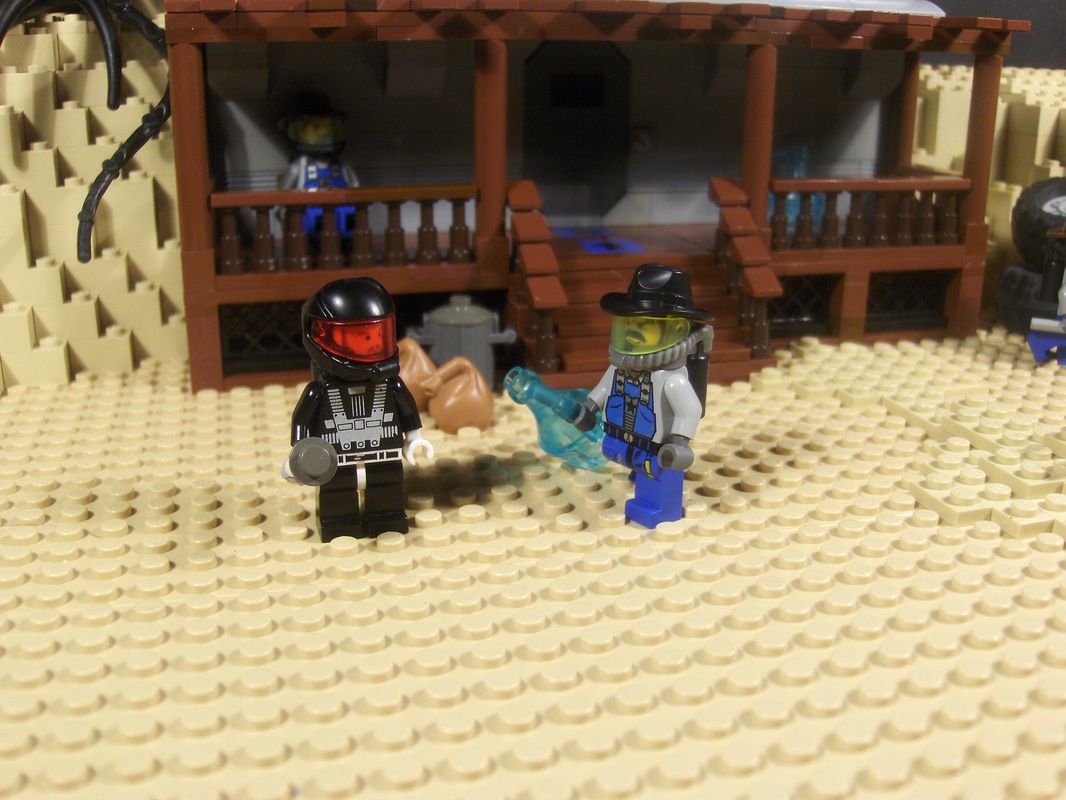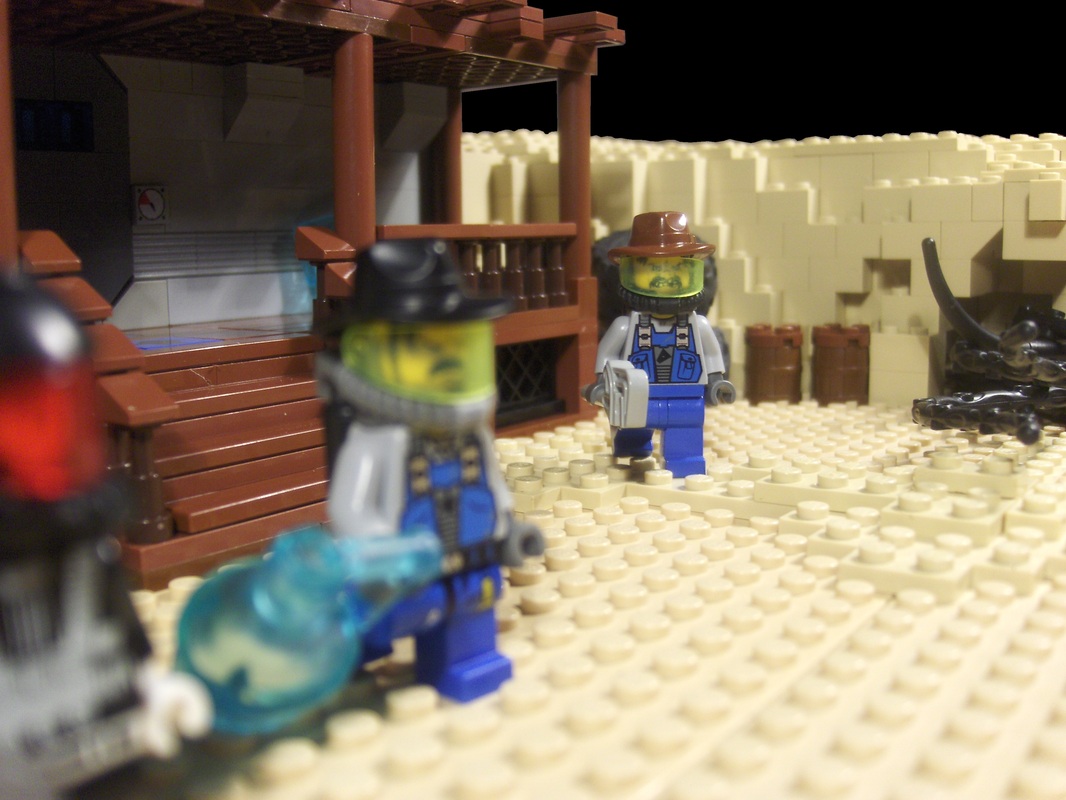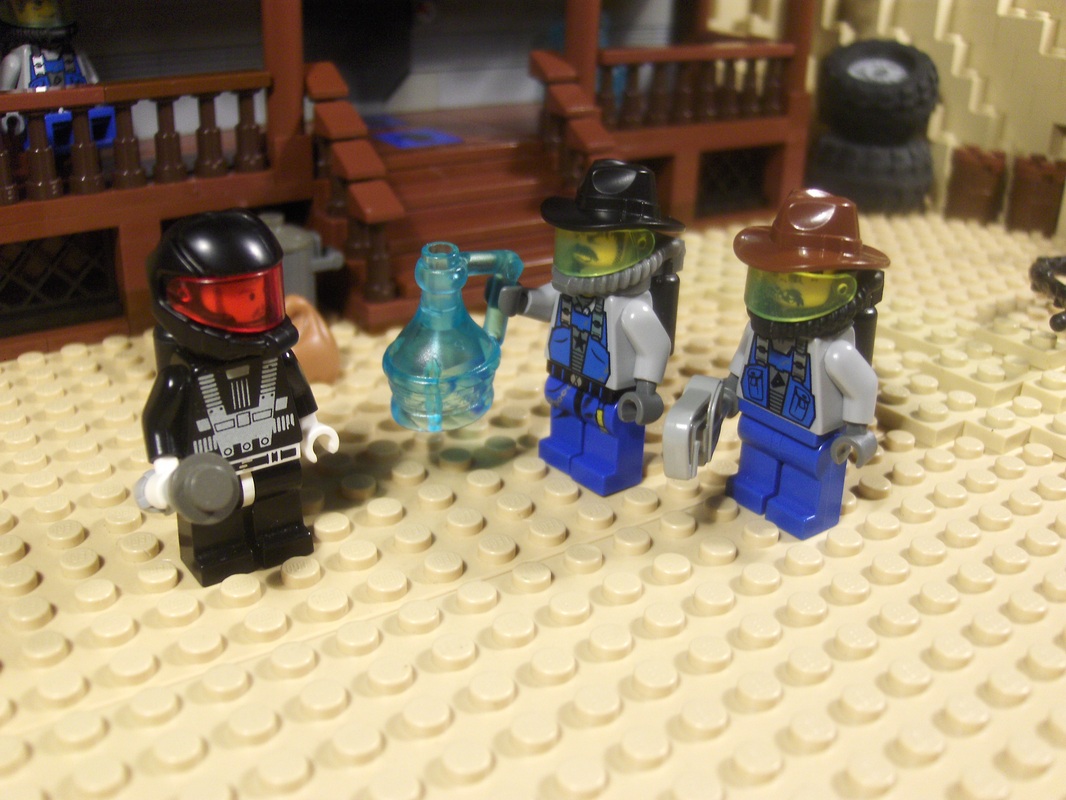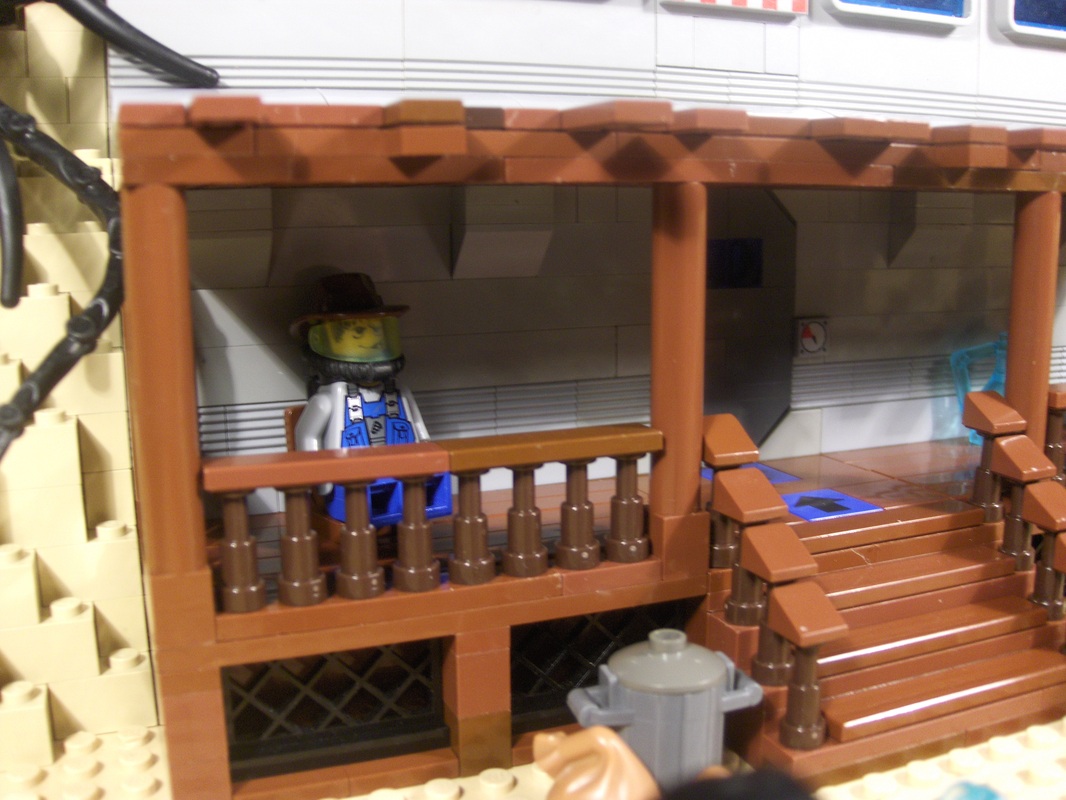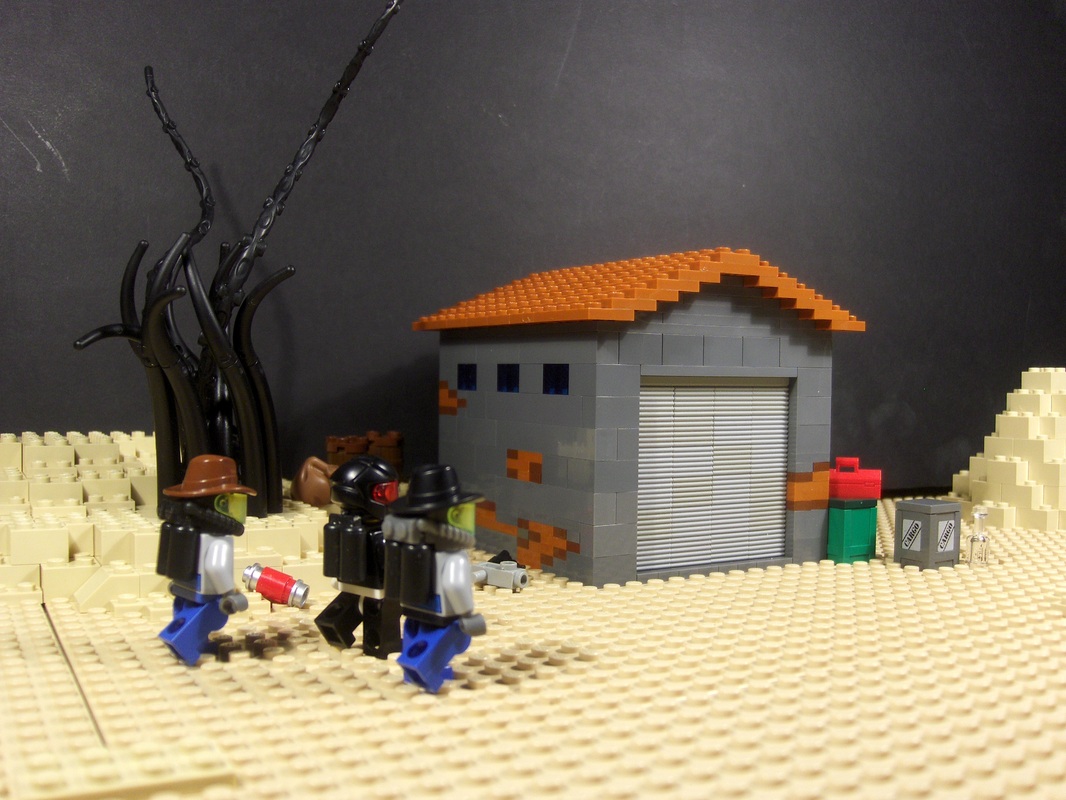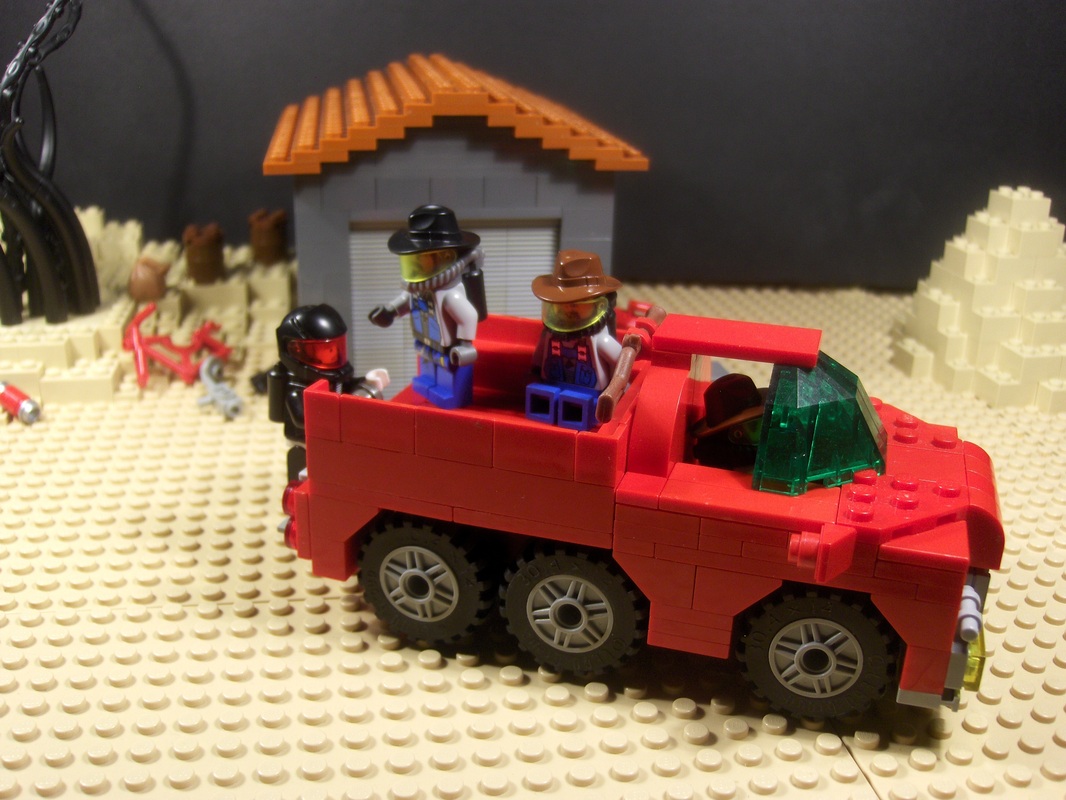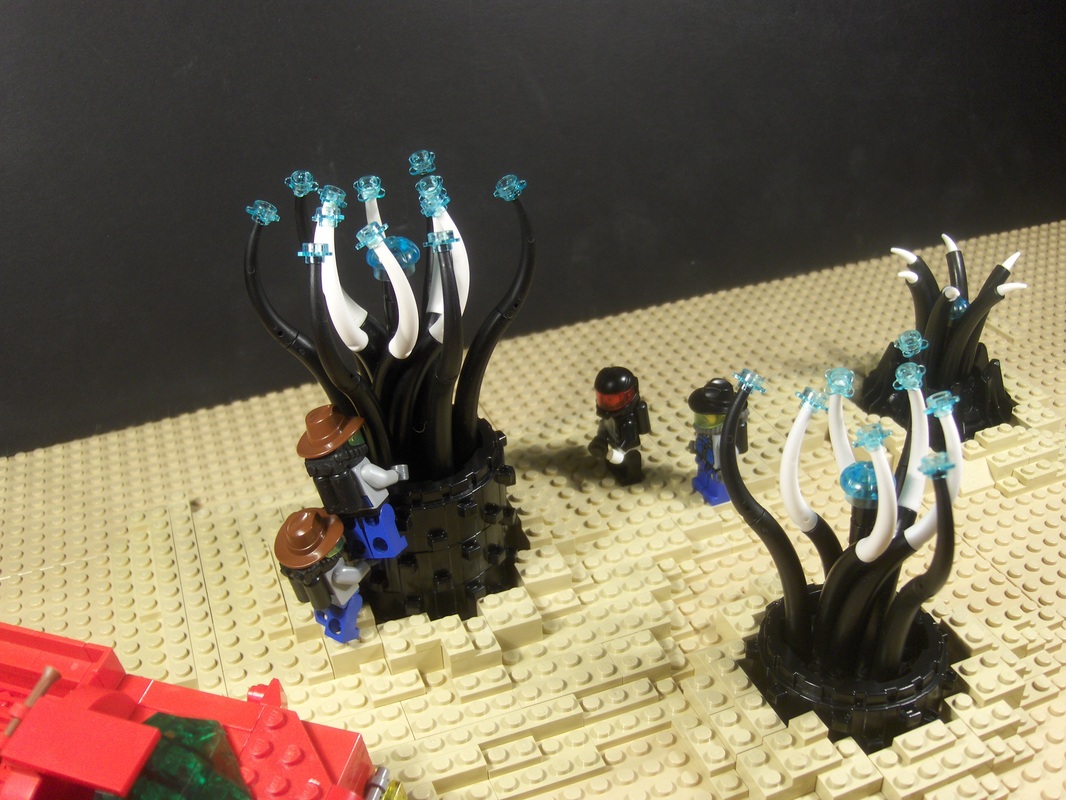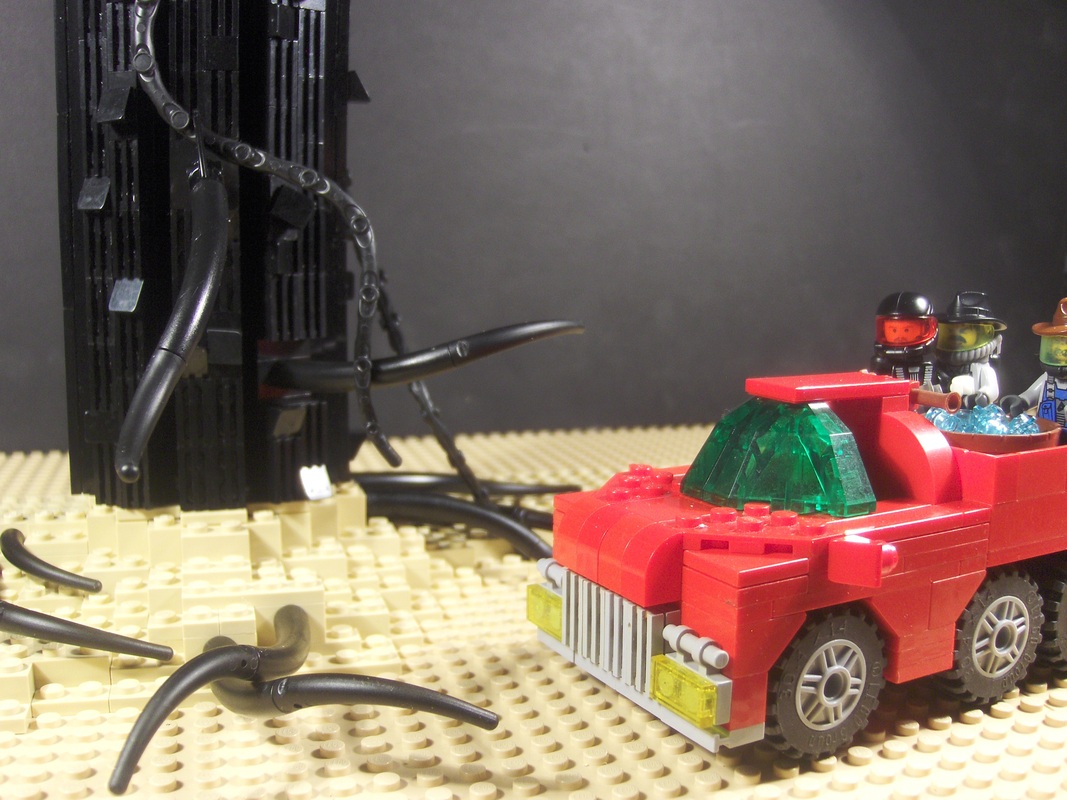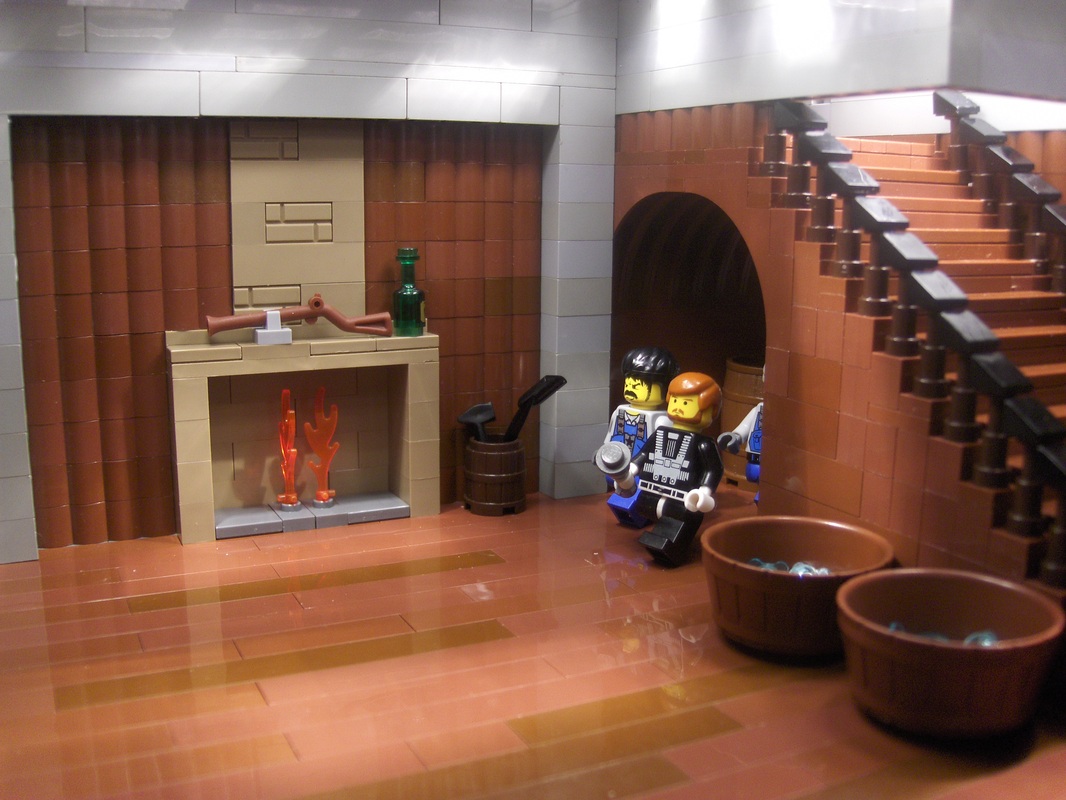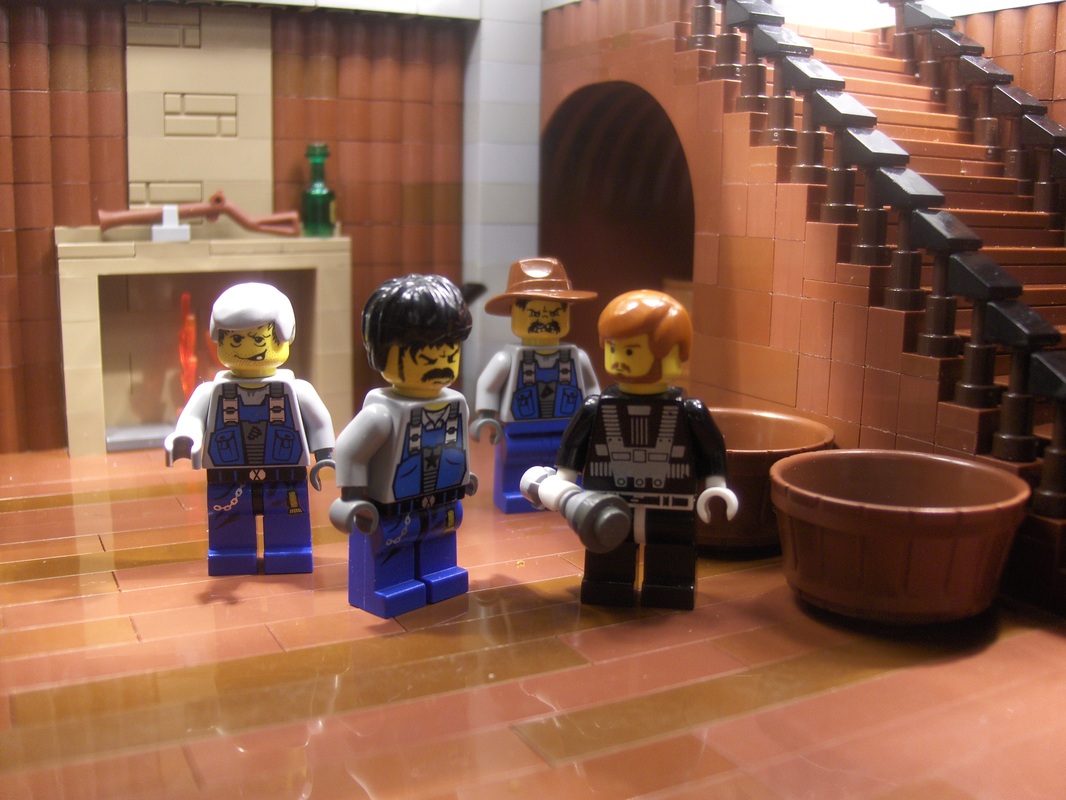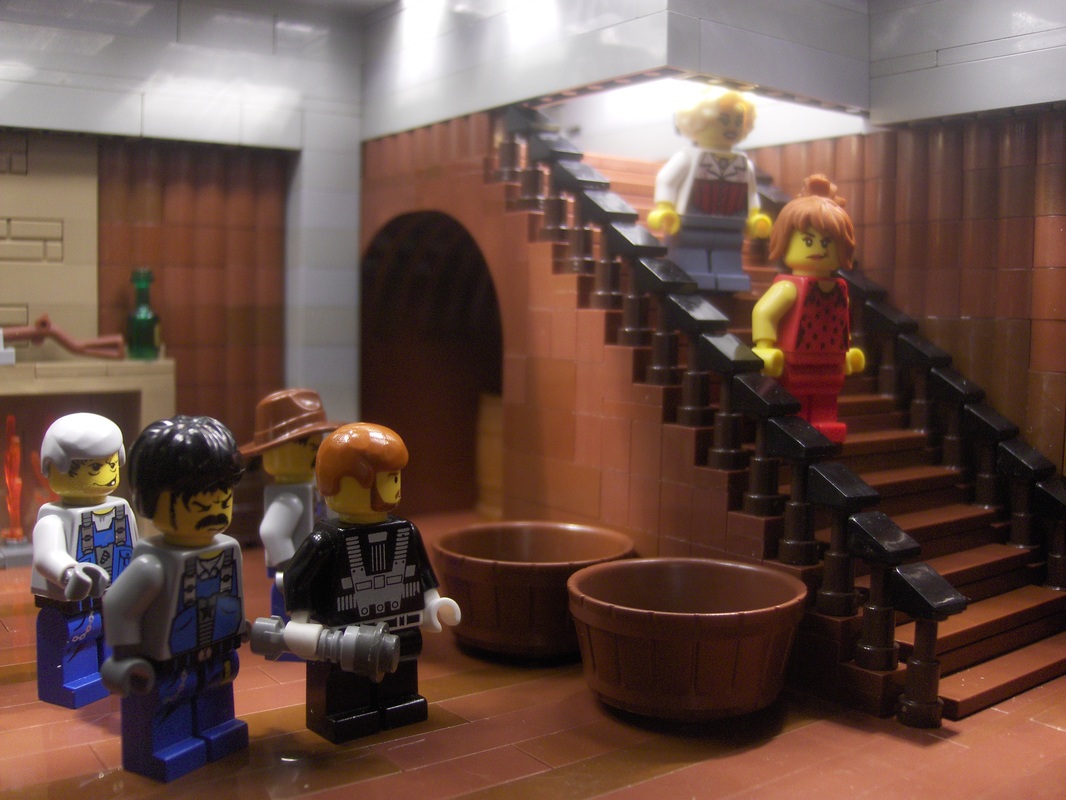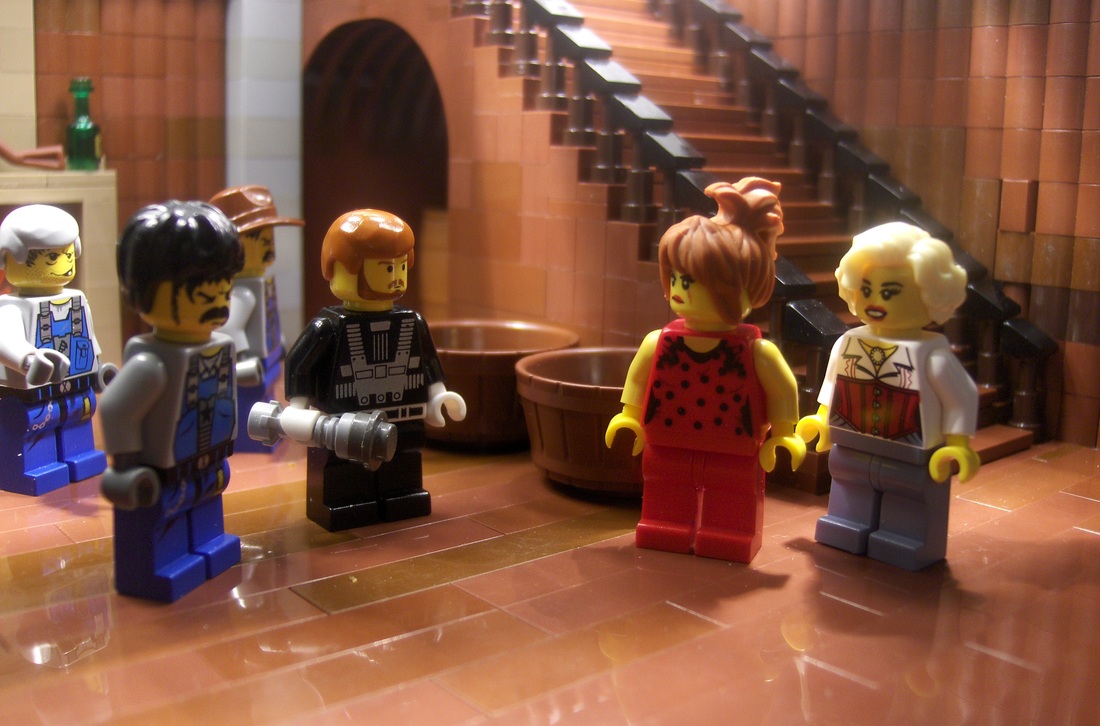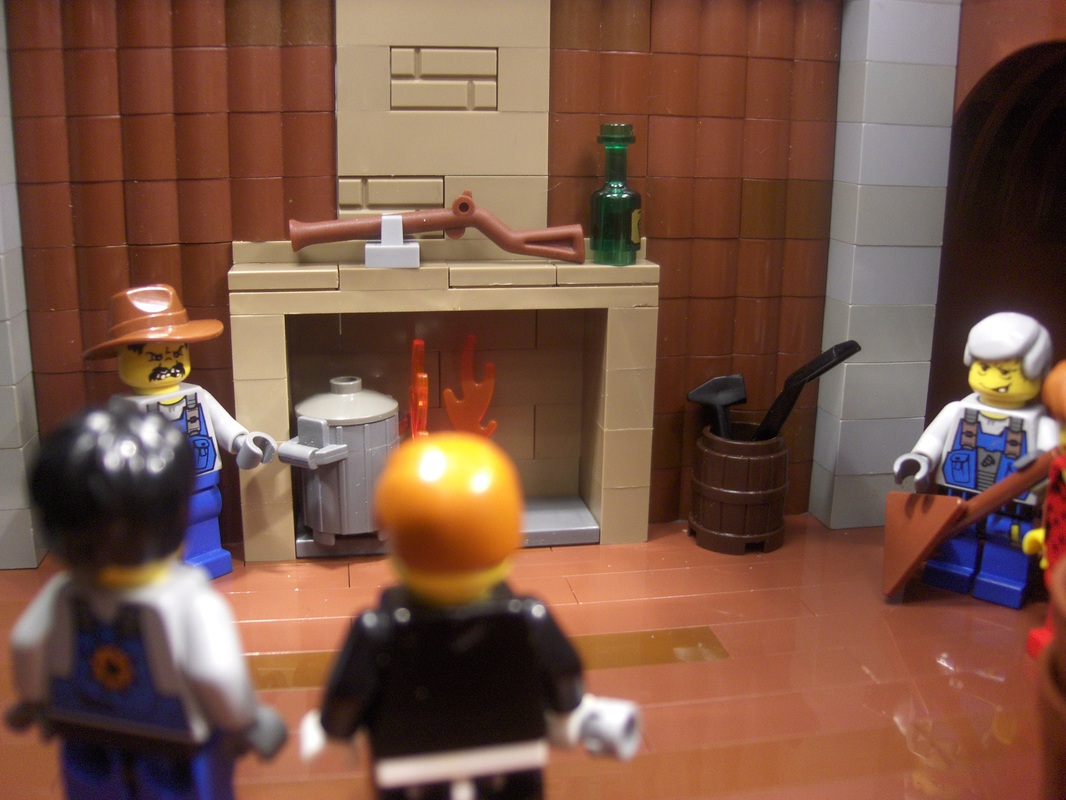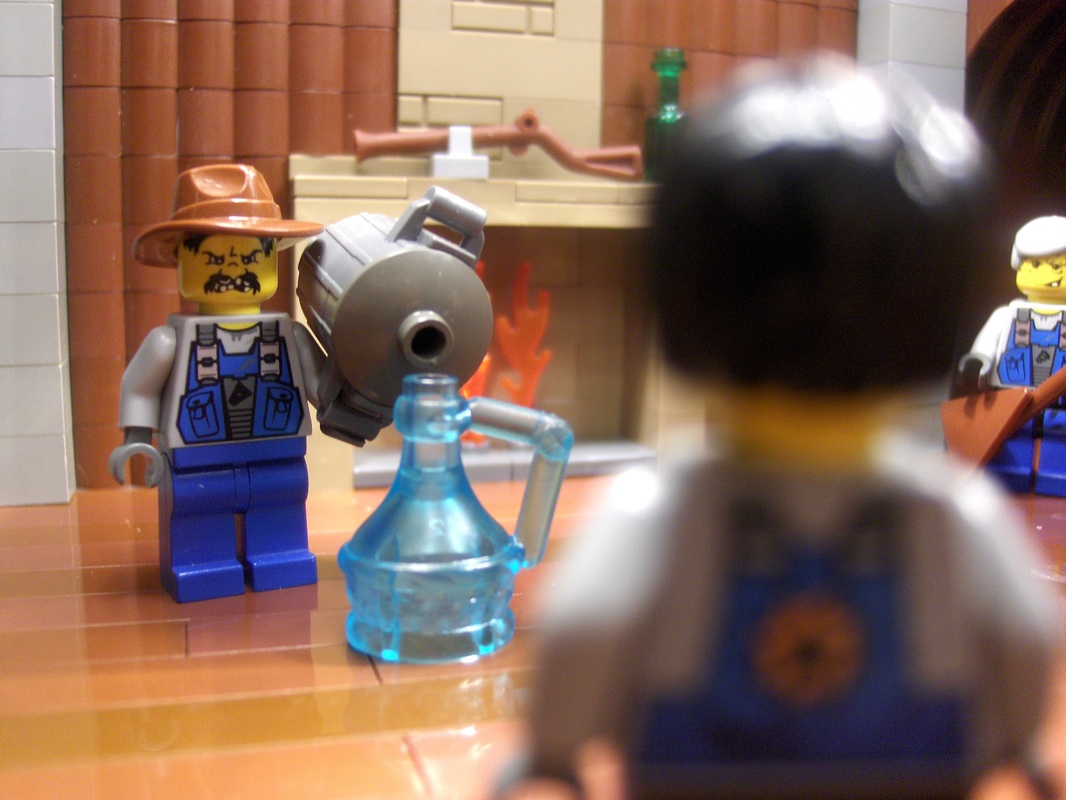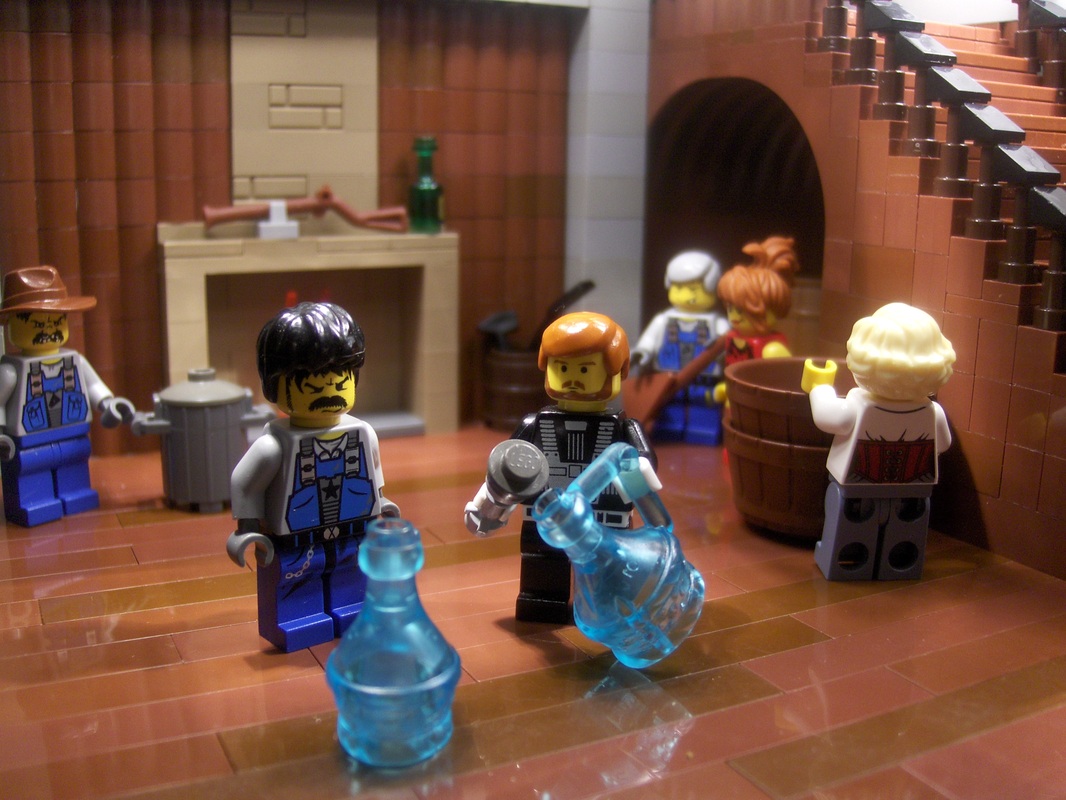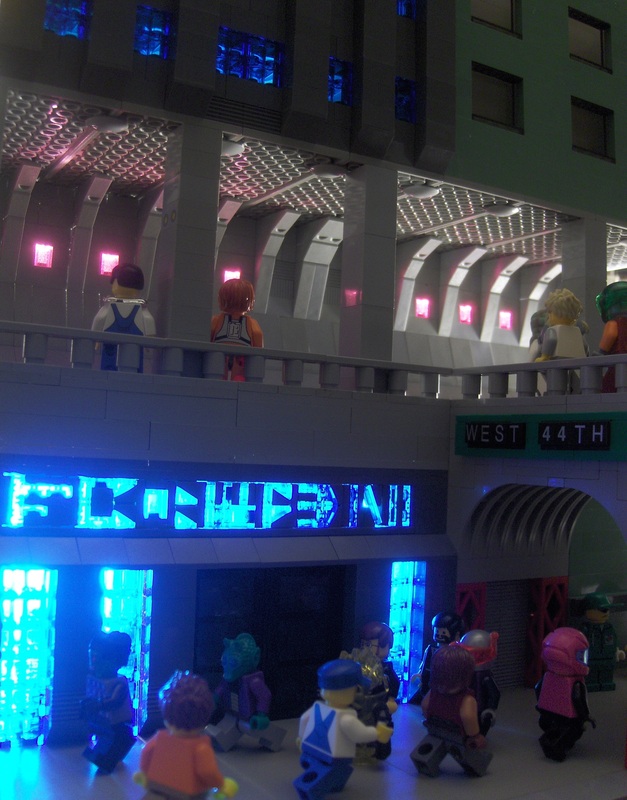LIU Atlas - Afa Nebula
There are billions of stars, millions of planets, but there is only one man, Terrance McDoogal. Welcome to LIU Atlas.
LIU Atlas - Afa Nebula
The Ludgonian Industrial Union's galaxy contains billions of stars and billions of planets. Unfortunately, most residents of the LIU could only name a handful of these worlds. In order to improve astronomy grades across the LIU, TV2 has started a new program called LIU Atlas. Follow our host, Terrance McDoogal, as he takes you on a tour across the LIU and some of its more obscure worlds.
Note: This episode is presented in full screen. The corresponding dialogue is underneath each photo.
LIU Atlas - Afa Nebula
The Ludgonian Industrial Union's galaxy contains billions of stars and billions of planets. Unfortunately, most residents of the LIU could only name a handful of these worlds. In order to improve astronomy grades across the LIU, TV2 has started a new program called LIU Atlas. Follow our host, Terrance McDoogal, as he takes you on a tour across the LIU and some of its more obscure worlds.
Note: This episode is presented in full screen. The corresponding dialogue is underneath each photo.
Doog: “Welcome to another episode of LIU Atlas. I’m your host, Terrance “Doog” McDoogal. Today, we are visiting the Afa Nebula, a diffuse nebula approximately 20 light years across. The nebula is a stellar nursery, and it is home to many newly formed stars. Unfortunately, these new stars have yet to form any stable planetary bodies, and there are no habitable planets within the nebula. Despite the lack of planets, the nebula is not devoid of life.”
Doog: “The Afa Nebula is home to millions of spaced-based organisms known as Pingue. These ‘space whales’ glide through the nebula, feeding on the abundant minerals and gases present here. These creatures are massive, roughly the same size as a large capital ship. We’ll need to be careful maneuvering the Magellan through the nebula. A Pingue could easily swallow our small ship.”
Doog: “The Pingue are filter feeders. Their large mouths help capture the diffuse particles of the nebula. Their large teeth help to break up larger chunks of minerals. They’d also do a pretty good number on our ship Hugo! Not so close!”
Doog: “A small space station sits deep within the heart of the nebula. That’s where we’re headed.”
Doc: “Come on in. Welcome to Podex Station. You must be Doog. I’m Doctor Jonah, one of four biologists stationed here.”
Doog: “Biologists huh? What brings you out here to the middle of nowhere? Studying Pingues?
Doc: “Actually, the Pingue have already been studied extensively. We’re here to apply that knowledge and harvest the Pingue.”
Doog: “Harvest?”
Doc: “Yes, the Pingue roe, or eggs, are a delicacy. Unfortunately, these eggs are internal, so we have to go inside the creature to obtain them.”
Doog: “You go inside the Pingue?!”
Doc: “Yes, follow me.”
Doog: “Biologists huh? What brings you out here to the middle of nowhere? Studying Pingues?
Doc: “Actually, the Pingue have already been studied extensively. We’re here to apply that knowledge and harvest the Pingue.”
Doog: “Harvest?”
Doc: “Yes, the Pingue roe, or eggs, are a delicacy. Unfortunately, these eggs are internal, so we have to go inside the creature to obtain them.”
Doog: “You go inside the Pingue?!”
Doc: “Yes, follow me.”
Doc: “The Podex Station is mobile. It’s our insertion method. Unfortunately, it’s too dangerous to enter through the Pingue’s mouth, so he have to enter through the anus.”
Doog: “You’ve got to be kidding me. We’re going to enter the creature’s anus?”
Doc: “It’s not as bad as it sounds. The Pingue are a silicon-based species. They eat the rocky dust and debris in the nebula. They add these materials into their biology, so there is no solid waste. The anus is for expelling the abundant hydrogen and helium gases in the nebula. This expelled gas also propels the Pingue through the nebula.”
Doog: “Fart propulsion?”
Doc: “Haha. You could put it that way.”
Doog: “You’ve got to be kidding me. We’re going to enter the creature’s anus?”
Doc: “It’s not as bad as it sounds. The Pingue are a silicon-based species. They eat the rocky dust and debris in the nebula. They add these materials into their biology, so there is no solid waste. The anus is for expelling the abundant hydrogen and helium gases in the nebula. This expelled gas also propels the Pingue through the nebula.”
Doog: “Fart propulsion?”
Doc: “Haha. You could put it that way.”
Susie: “Sir, I’m picking up a RFID signal from a female Pingue about 10,000 miles from here. The last harvest date was six months ago. She should be ready for harvesting.”
Doc: “Great. Move us into position.”
Susie: “10-4. Getting myself into position for anal insertion.”
Biologists: “Hehehe!”
Susie: “Come on! Do you guys have to giggle every time I say that?”
Doc: “Great. Move us into position.”
Susie: “10-4. Getting myself into position for anal insertion.”
Biologists: “Hehehe!”
Susie: “Come on! Do you guys have to giggle every time I say that?”
Doc: “Is it in yet?”
Susie: “Yep. Insertion has been successful.”
Doc: “Alright. We don’t have a lot of time. Let’s get suited up.”
Susie: “Yep. Insertion has been successful.”
Doc: “Alright. We don’t have a lot of time. Let’s get suited up.”
Doog: “Anything I need to know before we go in?”
Doc: “It’s going to be dark. So, stay close. Our suits have built in lights. Also, there is very little gravity inside the Pingue. Take slow deliberate steps. We can’t have you crashing into vital organs once inside.”
Doc: “It’s going to be dark. So, stay close. Our suits have built in lights. Also, there is very little gravity inside the Pingue. Take slow deliberate steps. We can’t have you crashing into vital organs once inside.”
Doog: “It’s official folks. I’m inside the anus of another creature. And I didn’t have to pay anything. It’s not what I expected Doc. It’s pretty clean.”
Doc: “Like I was saying before. The Pingue don’t have solid waste, only gaseous waste. The majority of the nebula is made up of hydrogen and helium gas. Great for making stars, but of little use to the Pingue. The gas is expelled.”
Doc: “Like I was saying before. The Pingue don’t have solid waste, only gaseous waste. The majority of the nebula is made up of hydrogen and helium gas. Great for making stars, but of little use to the Pingue. The gas is expelled.”
Doc: “We need to be quick and exit the digestive system. Gas is building up and we need to remotely pilot the Podex Station away from the Pingue. We can’t move the station until we exit the digestive system otherwise we’ll be blown out into space.”
Doog: “With my luck, that’s how I’d die. Farted out across the galaxy.”
Doog: “With my luck, that’s how I’d die. Farted out across the galaxy.”
Doc: “Alright, we’re inside one of the Pingue’s many stomachs. These wing-like organs agitate the air in the stomach pushing any solid particles against the stomach wall. It’s an ingenious solution to digestion in zero gravity.”
Doc: “We’ll exit the digestive system through the stomach wall. Go ahead and begin cutting.”
Jim: “Alright, we’re through. Let’s continue on.”
Susie: “I’m sending the signal to the Podex’s computer now. Hopefully the station will be able to pull out in time. Let’s get out of here.”
Susie: “I’m sending the signal to the Podex’s computer now. Hopefully the station will be able to pull out in time. Let’s get out of here.”
Doc: “Alright Doog, we’ve exited the digestive system. The ovaries are not far now. They are located in the back half of the Pingue.”
Doog: “What are these organs here?”
Doog: “What are these organs here?”
Doc: “This is a heart cluster. The Pingue have several smaller hearts instead of one large central one. In low gravity, moving blood takes a lot more work. We can follow the creature’s arteries to larger organs. Shouldn’t be far.
Doog: “Is this an ovary?”
Doc: “No, this can best be described as a gizzard. When the creature swallows larger particles, the stomach wall can not digest them by osmosis. Instead they get moved to one of the creature’s many gizzards. The gizzards have silicate crystals inside that grind against the larger particles and break them down.”
Doc: “No, this can best be described as a gizzard. When the creature swallows larger particles, the stomach wall can not digest them by osmosis. Instead they get moved to one of the creature’s many gizzards. The gizzards have silicate crystals inside that grind against the larger particles and break them down.”
Doog: “What are you doing?”
Doc: “We’re here for the Pingue’s eggs, but we’ll collect some silicate crystals as well. They’re quite valuable. Might as well grab them while we’re here.”
Doc: “We’re here for the Pingue’s eggs, but we’ll collect some silicate crystals as well. They’re quite valuable. Might as well grab them while we’re here.”
Doc: “We’ll only take a few. If we take too many, the creature may die.”
Doc: “Ah, finally here.”
Doog: “This is an ovary?”
Doc: “Yep. This organ makes millions of eggs. They are dispersed throughout the nebula.”
Doog: “And people actually eat these?”
Doc: “Yes. Most silicon-based organisms are inedible to carbon-based creatures like ourselves. The eggs of the Pingue are an exception.”
Doog: “This is an ovary?”
Doc: “Yep. This organ makes millions of eggs. They are dispersed throughout the nebula.”
Doog: “And people actually eat these?”
Doc: “Yes. Most silicon-based organisms are inedible to carbon-based creatures like ourselves. The eggs of the Pingue are an exception.”
Doc: “We’ll collect as many as we can. We should be able to get several hundred pounds. On the open market, our haul could be worth millions of credits.”
Doog: “At that price, I’m assuming I won’t get to try any when we get back.”
Doc: “Not unless you’ve recently won the lottery.”
Doog: “At that price, I’m assuming I won’t get to try any when we get back.”
Doc: “Not unless you’ve recently won the lottery.”
Doog: “Well folks, the Afa Nebula is an interesting place. Despite having no planets, the nebula is rich with life. The Pingue are massive creatures that have evolved to survive the frozen vacuum of space. Surprisingly, workers actually go inside of these huge creatures and harvest their eggs. Well, see ya next time.”
Note:
Attempts to relocate Pingue to the LIU Galaxy’s other nebulas have failed. It appears the Afa Nebula has a higher concentration of Silicon, a necessary component in the Pingue anatomy.
CLICK HERE FOR NEXT EPISODE: Season 5 - Episode 20 - Vnam Multas
Note:
Attempts to relocate Pingue to the LIU Galaxy’s other nebulas have failed. It appears the Afa Nebula has a higher concentration of Silicon, a necessary component in the Pingue anatomy.
CLICK HERE FOR NEXT EPISODE: Season 5 - Episode 20 - Vnam Multas
















































































































































































































